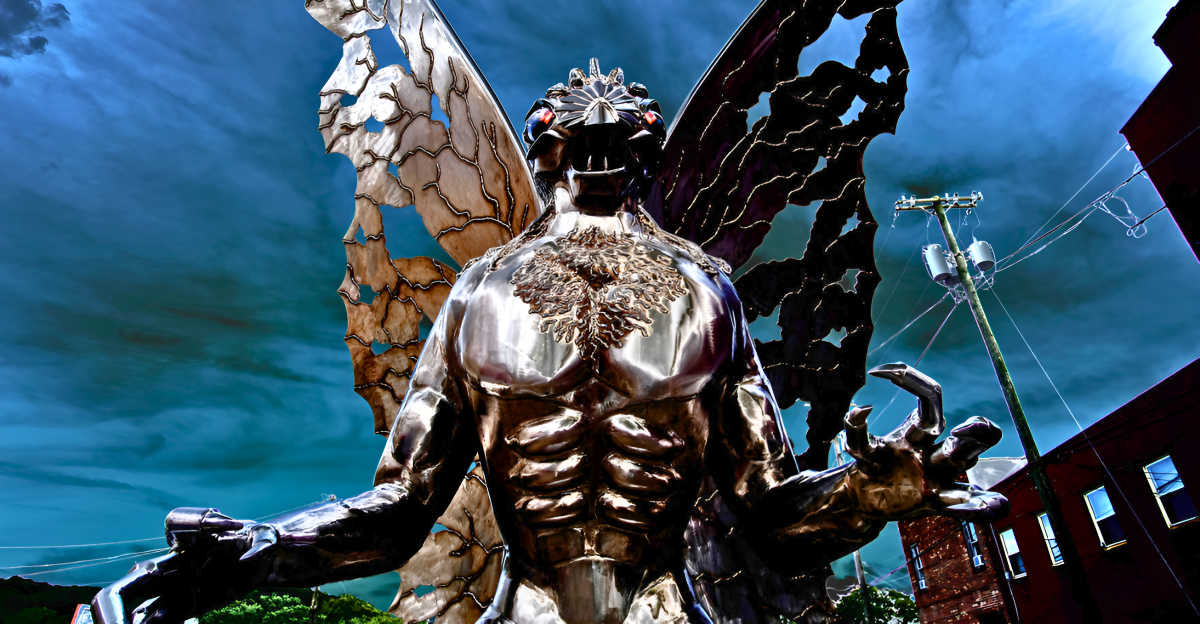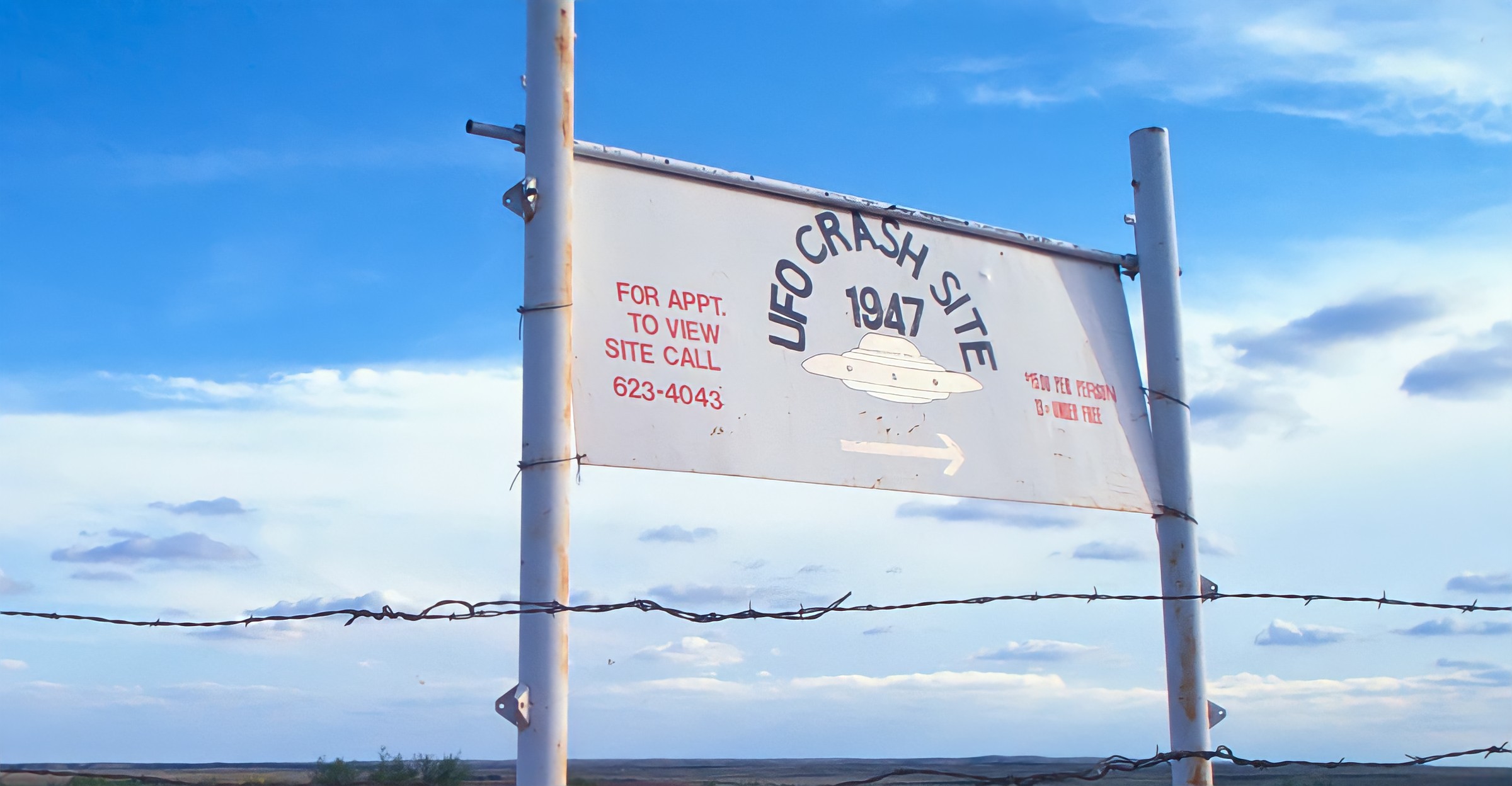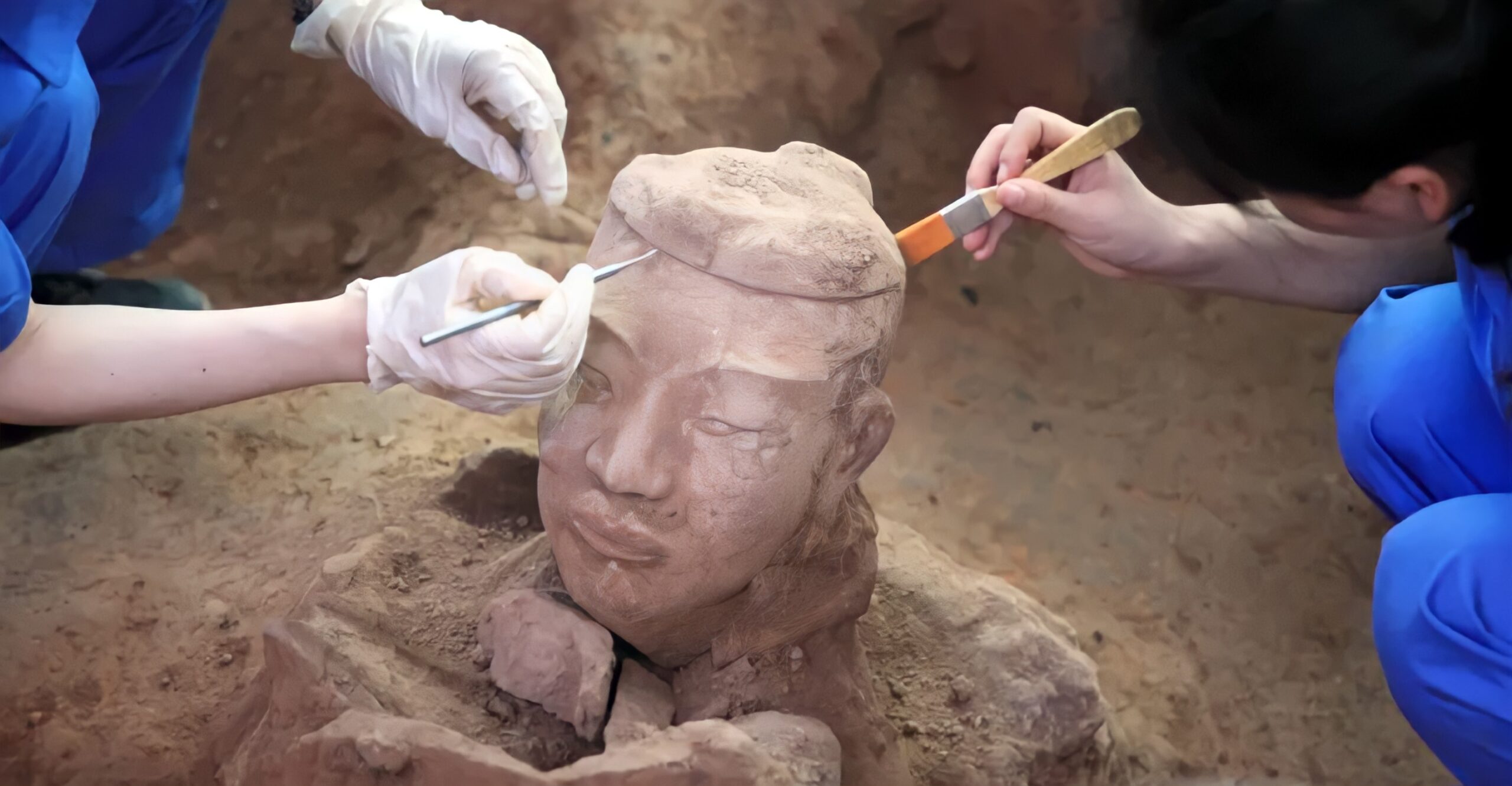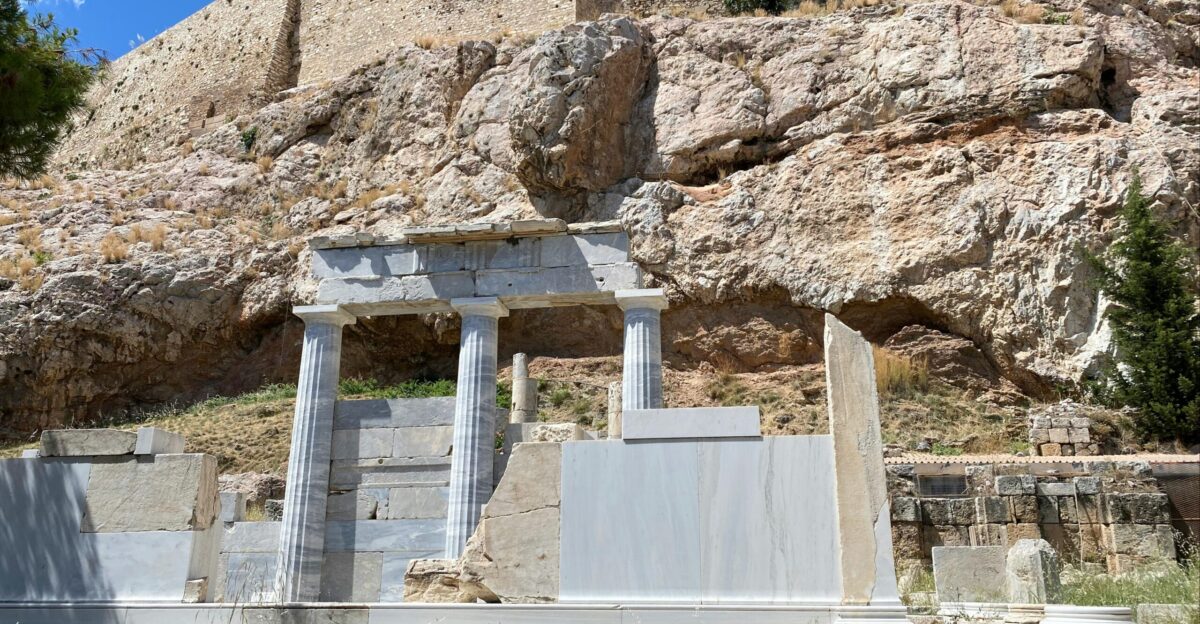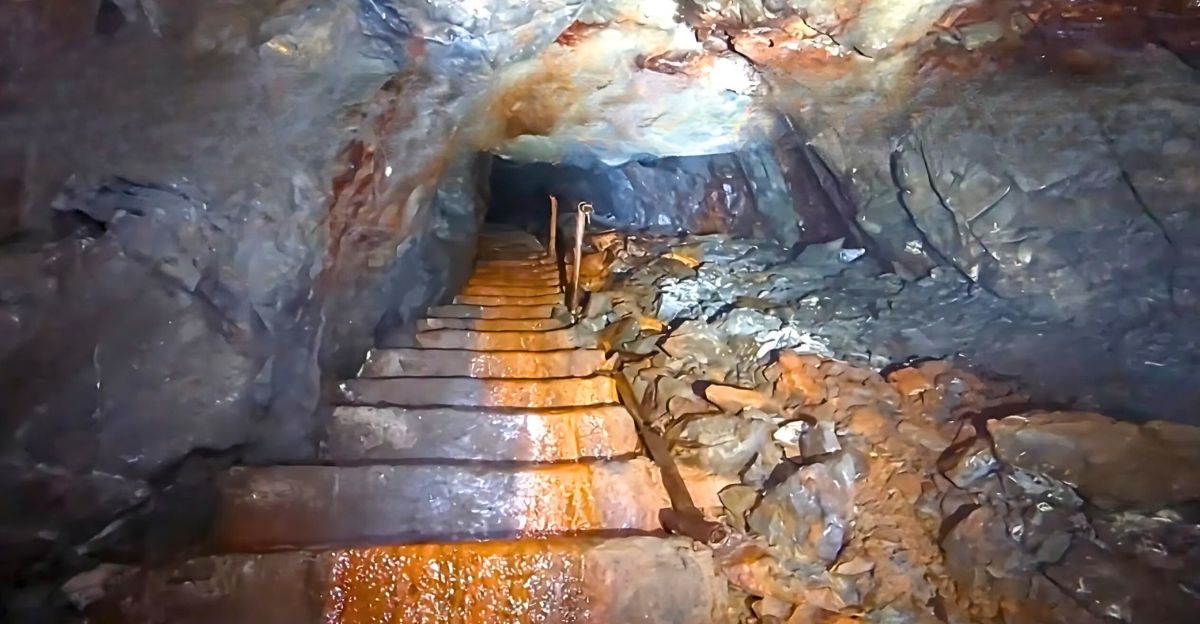
Old churches have many secrets hidden between the walls, but who would have thought that one of those secrets would include a 400-year-old tomb that’s never been seen before? After a routine restoration project at the Church of Saint Philibert in Dijon, France, a sealed burial vault, hidden for at least 400 years at the end of a forgotten staircase, was found.
What was supposed to be simple renovations turned into a full-scale archaeological excavation that shocked the world.
Saint-Philibert Church

This remarkable church was built in the late 12th century and is Dijon’s only surviving Romanesque church. These sturdy stone walls and elegant arches have seen centuries of change and growth, showing how much history and personality this church truly has.
Despite suffering significant damage from salt storage and misguided restoration efforts in the 20th century, Saint-Philibert remains a cherished monument.
The Forgotten Staircase
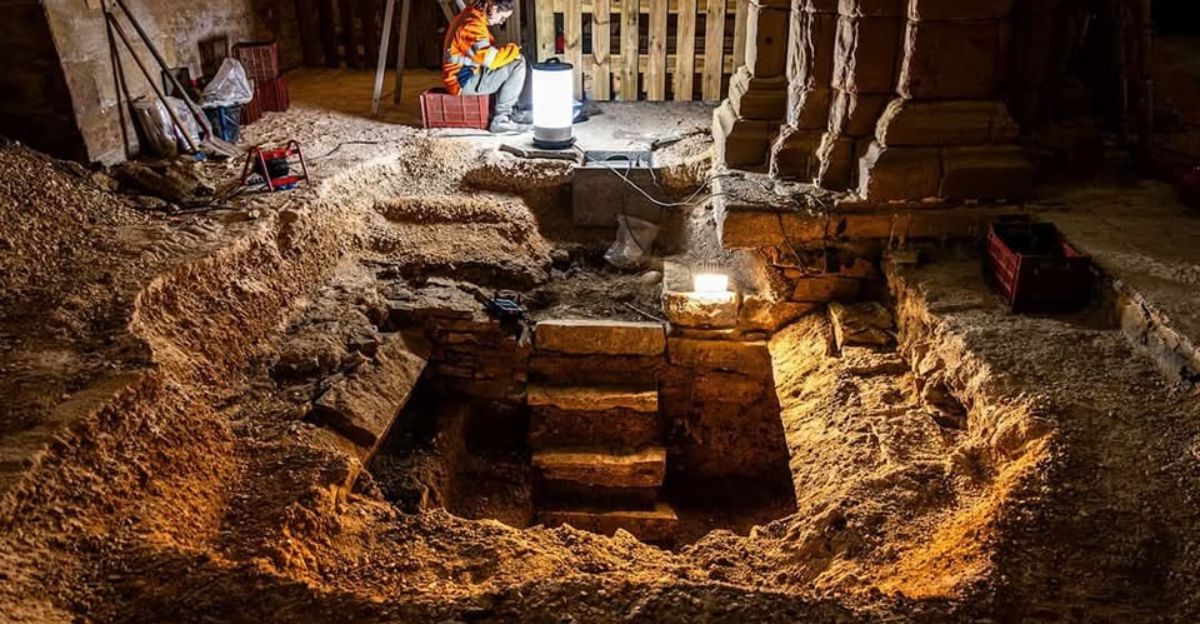
The rediscovery of the forgotten staircase was a shock at first but was a welcome find at the end of the day. Hidden for centuries beneath layers of stone flooring, the stairs were not marked on any modern plans and had been sealed off since at least the 1940s. The recent restoration efforts were set in place to correct structural damage from a misguided 1970s renovation.
As workers carefully removed a concrete slab that needed to be replaced, they uncovered these mysterious stairs that have been forgotten in history. The hidden stairs were just the start of what turned into one of the most remarkable finds in this small town.
A Vault Sealed for Centuries
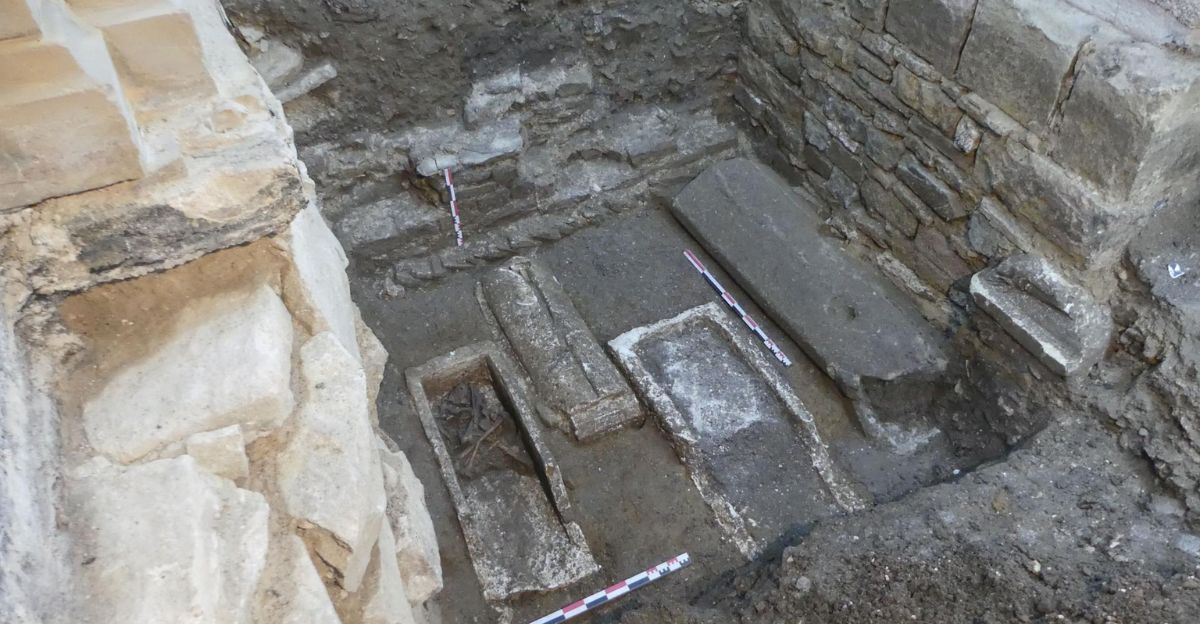
Finding these stairs was the least shocking part of the discovery because, at the end of these stairs, they found a crypt packed with the remains of both adults and children, many of whom were laid to rest in simple wooden coffins and wrapped in shrouds. The vault likely dates from the 15th or 16th century and reflects the burial customs of a community that may have endured collective tragedies such as pandemics or famine.
This crypt gives researchers a glimpse into the past to tell the story of their lives and deaths. Whether they were ordinary folk or prominent community members, their story carries much more weight 400 years after their deaths. Measuring around 9 feet deep, this connected to the lives and deaths of the community that once gathered in this remarkable place.
Human Remains and Artifacts
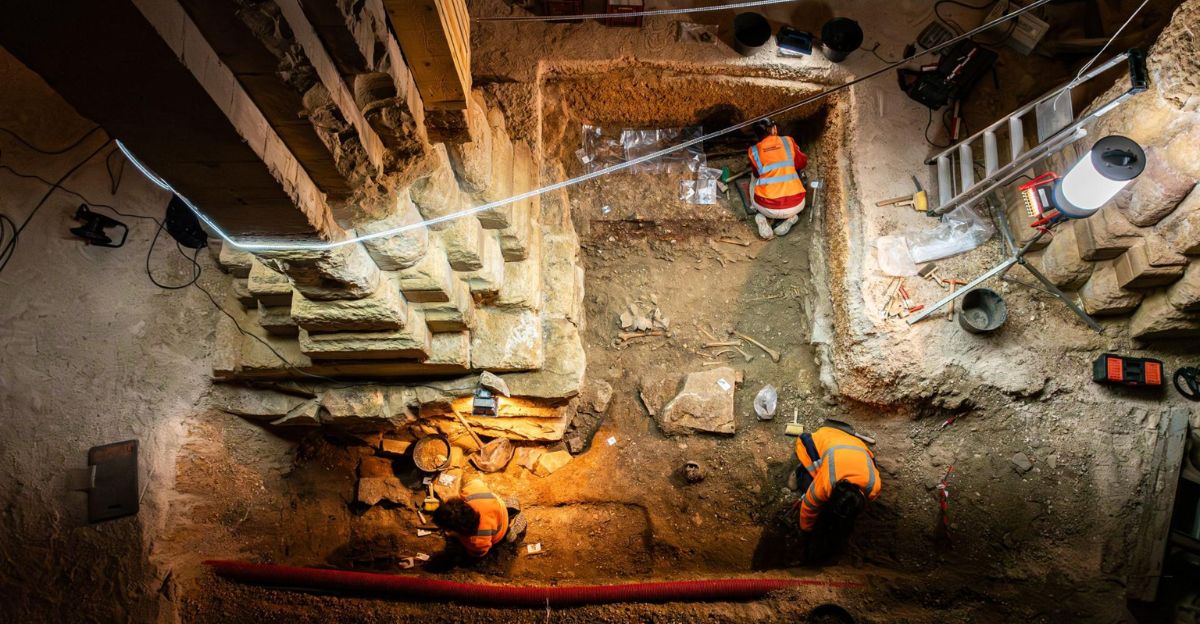
They found the remains of both adults and children within this mysterious vault. The bones were often pushed to the sides of the coffins to make space for additional burials, indicating the vault’s use over an extended period. Only a few artifacts were found, including rare coins and two rosaries, which highlight the modesty of the burial practices at the time.
“In the transept, a vault, probably dating from the 15th to 16th centuries, has been identified,” said researchers of the National Institute for Preventive Archaeological Research (INRAP). “In it, the deceased, both children and adults, are buried in coffins, the bones of each individual being pushed to the sides to make room for the last deceased.”
Evidence of Catastrophe or Custom?
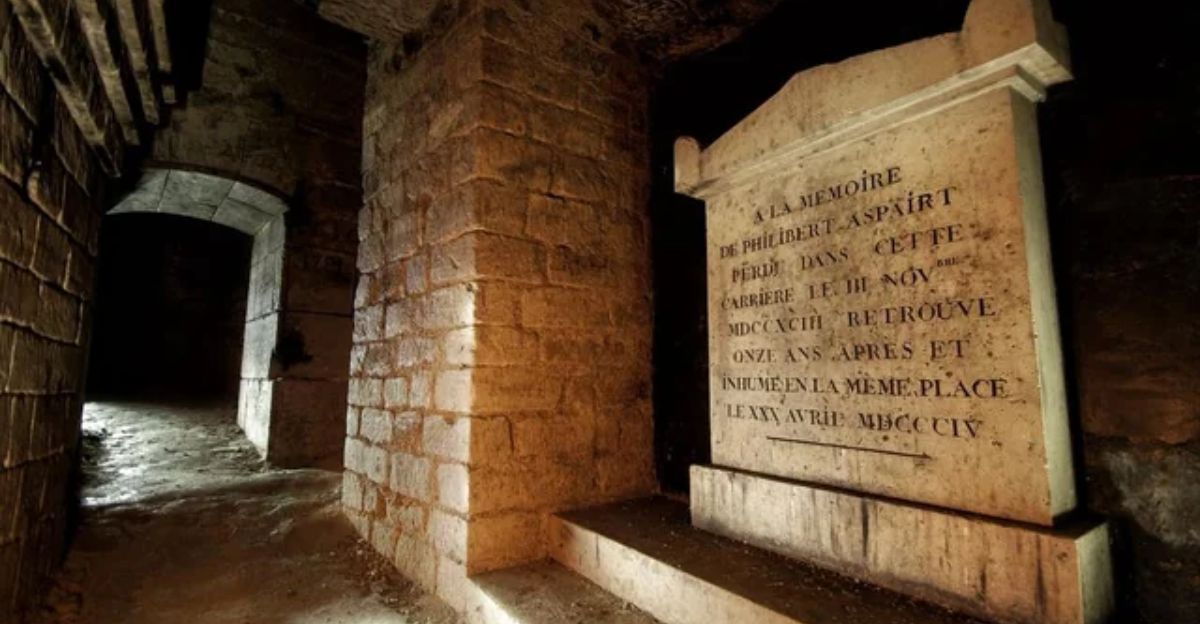
The crowded conditions inside the burial vault have raised intriguing questions for archaeologists: Do they reflect the aftermath of a catastrophic event, or are they simply the result of longstanding burial customs? The number of remains within the tomb leads researchers to believe that this vault may have been used intensively during times of crisis.
On the other hand, rearranging remains to accommodate additional burials was also a standard answer to limited space in historical crypts, making it difficult to distinguish between necessity driven by disaster and routine custom.
A Church with a Past
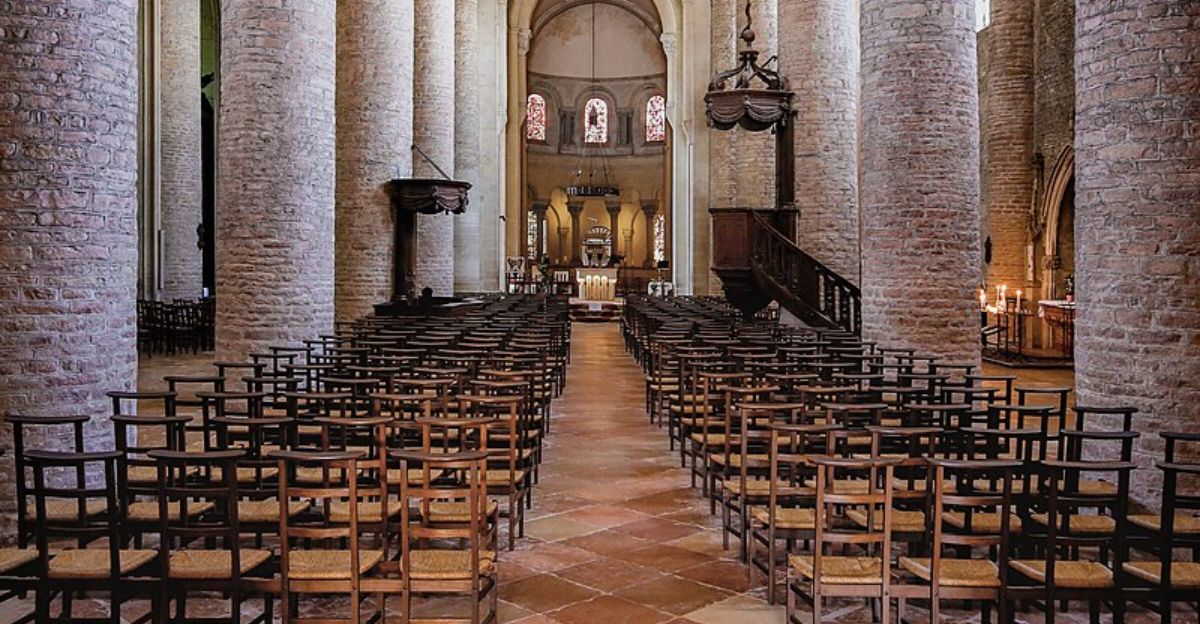
Founded in the late 12th century as a striking example of Romanesque architecture, the church’s far greater history is hidden beneath its floors, as it was built atop even older religious sites. After the French Revolution, the church was decommissioned as a place of worship and took on many roles. The building was used as a stable and later a salt warehouse, which had lasting consequences for its integrity.
Salt storage in the 18th and 19th centuries saturated the ground and stonework with damaging chlorides and a poor 1970s restoration effort, which installed a heated concrete slab. The concrete slap trapped the salt, causing further deterioration as moisture and salt rose into the walls and pillars, splitting the ancient stones.
Older Tombs and Sarcophagi
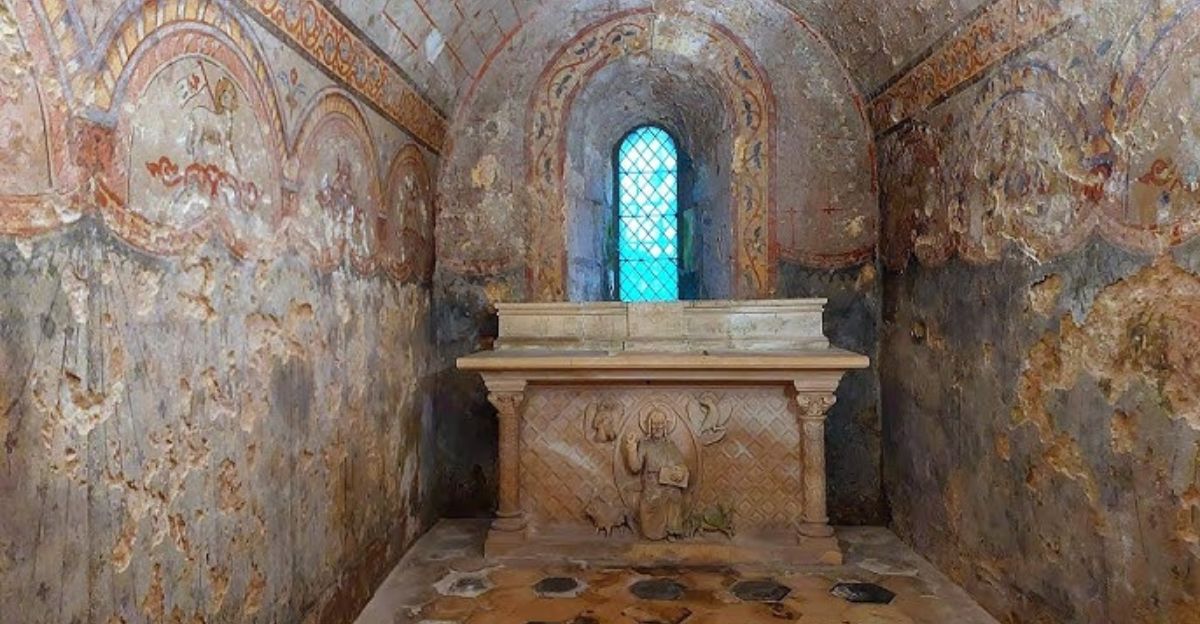
The recent excavations revealed more than just a 400-year-old sealed vault; older tombs and sarcophagi spanning from the Late Roman Empire through the Merovingian period (6th–8th centuries) and into the Middle Ages were also found scattered in the crypt.
These ancient burials are layered beneath slab tombs from the 11th to 13th centuries and the remnants of earlier churches, proving that this church has always been home to spiritual grounds.
The Impact on Heritage and Tourism
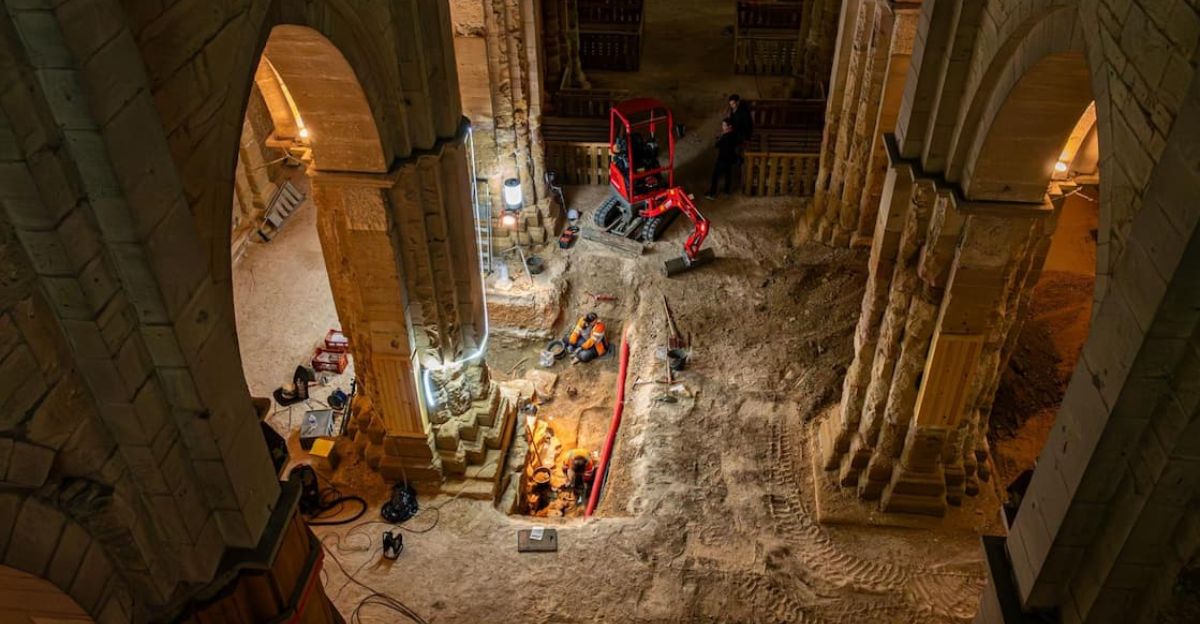
The remarkable discovery beneath Saint-Philibert Church has ignited a fire of interest for the small town of Dijon, drawing visitors from across the world eager to experience history firsthand. This surge in attention brings valuable economic and cultural benefits to the local community, as increased tourism can stimulate preservation funding and foster a sense of shared heritage.
Preserving the Past
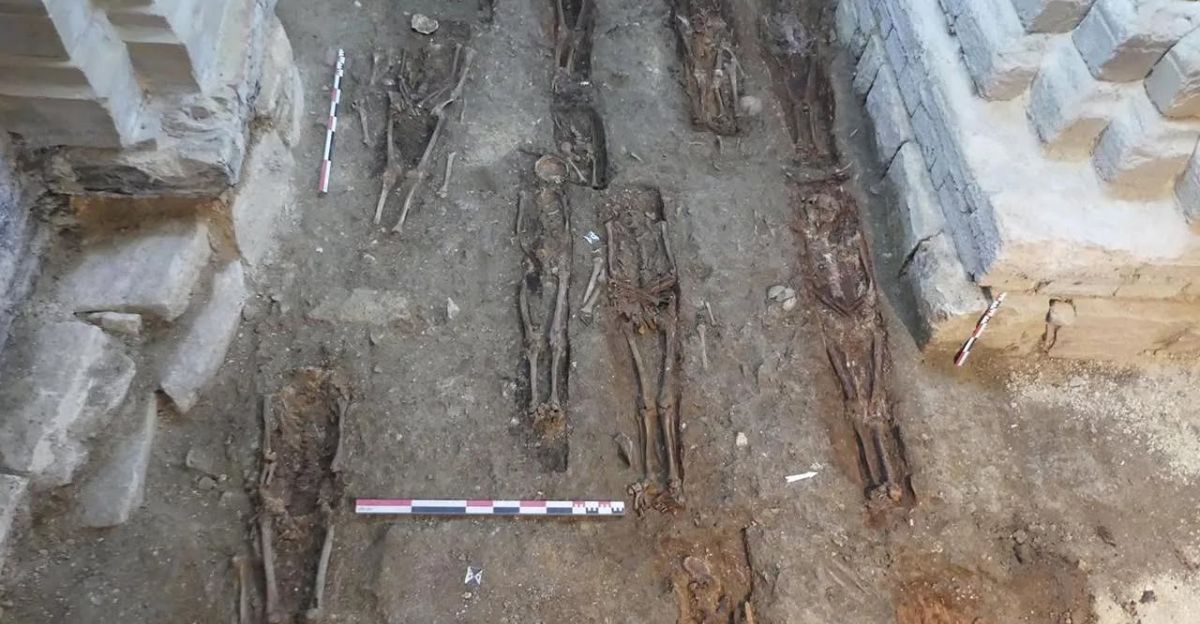
Finding something remarkable as this needs to be preserved for future generations. Ongoing restoration efforts are guided by a deeper understanding of the church’s vulnerabilities, particularly the damage caused by past interventions and the ever-present threat of environmental factors. Experts employ cutting-edge conservation techniques to stabilize the ancient masonry, carefully document every find, and create controlled environments that protect human remains and artifacts from further deterioration.
With more tourism comes a bigger risk of damaging these delicate finds, so it’s more important now than ever to educate people on the history and importance of these sites while they’re around to experience them.


